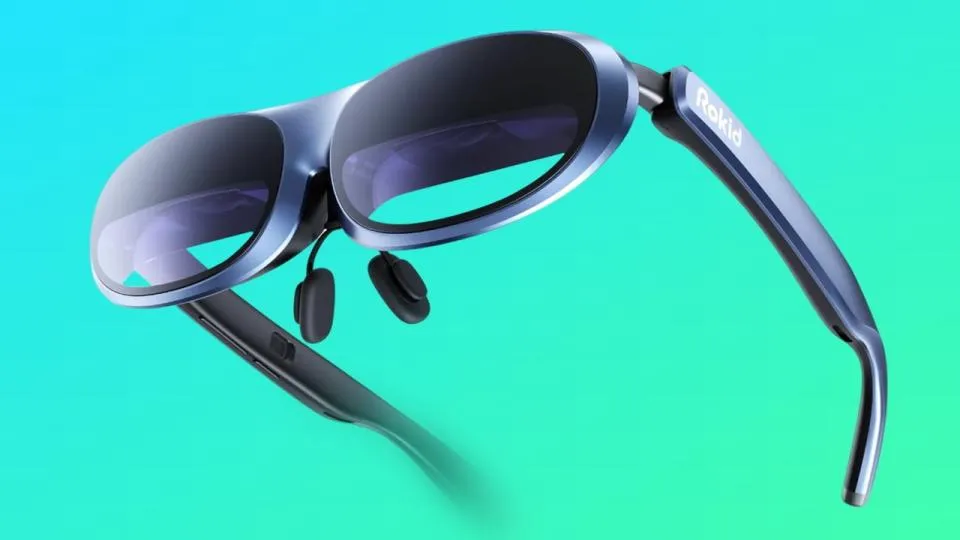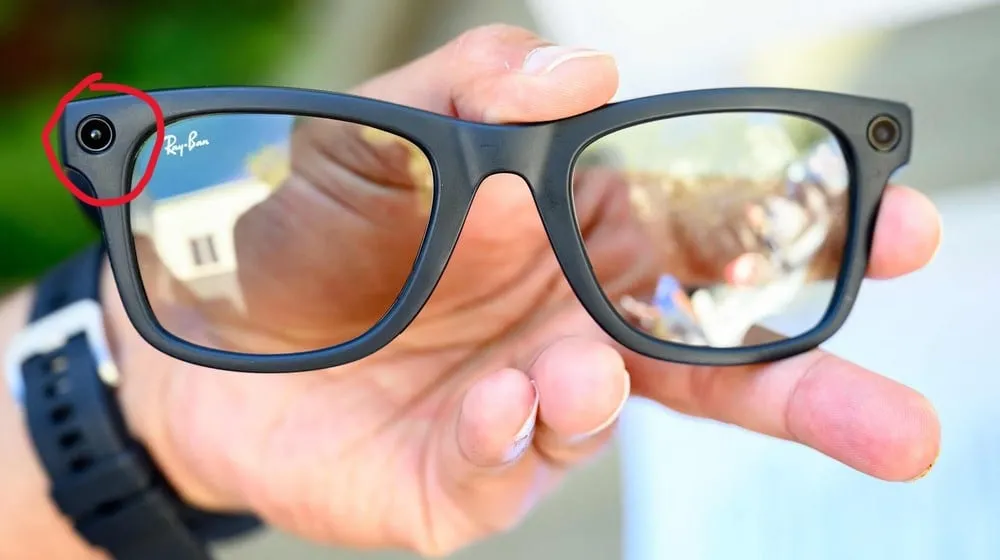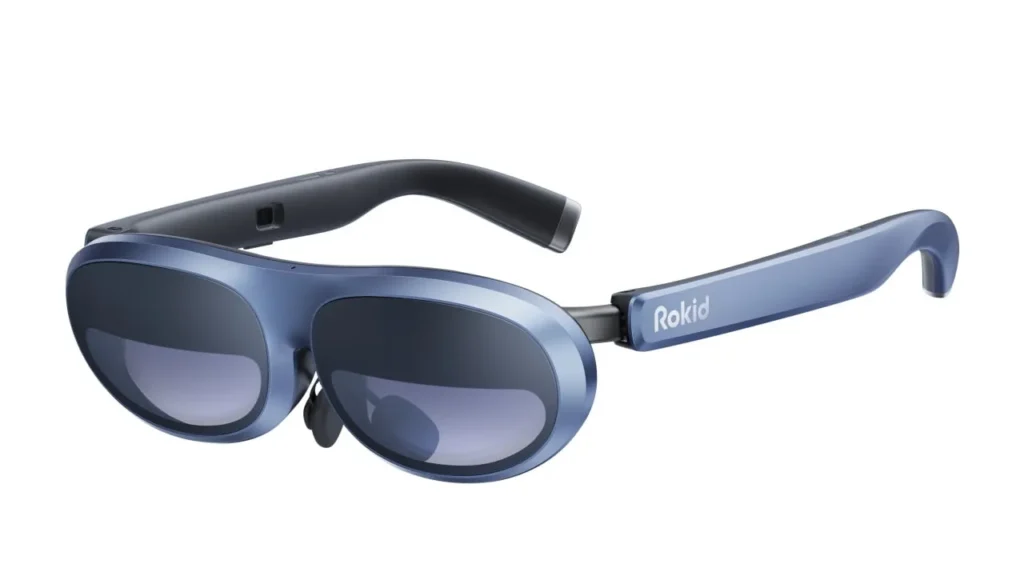Introduction
In 2025, personal technology is undergoing a major transformation, with augmented reality (AR) glasses and smart wearables emerging as potential successors to traditional smartphones. These next-generation devices offer immersive experiences, seamless connectivity, and advanced functionalities, allowing users to integrate digital content effortlessly into their daily lives.

This article explores the top 15 AR glasses and smart wearables of 2025, highlighting their features, applications, and how they may reshape our interaction with technology.
The Rise of AR Glasses & Smart Wearables
- Emergence of AR Glasses: AR glasses are merging digital and physical realities, delivering real-time overlays of information, interactive features, and hands-free access to data.
- Advancements in Smart Wearables: Moving beyond basic fitness tracking, smart wearables now offer health monitoring, AI-powered assistance, and seamless smart device integration.
- A Future Without Smartphones? With features like voice commands, gesture controls, and immersive displays, AR wearables are set to complement—and potentially replace—smartphones.
Top 15 AR Glasses & Smart Wearables in 2025
1. Apple Vision Pro
Apple’s Vision Pro is redefining productivity, entertainment, and communication through 3D video capture, FaceTime integration, immersive gaming, and cinematic experiences. It is one of the most anticipated AR devices of the year.
2. Meta Quest Pro
Meta’s flagship AR/VR headset delivers cutting-edge immersion, ideal for gaming, collaboration, and content creation. With advanced motion tracking and high-resolution displays, it offers one of the most comprehensive mixed-reality experiences.
3. Xreal One
A compact, stylish, and high-performance AR wearable, the Xreal One is perfect for professionals and casual users alike, offering a solid display, intuitive controls, and powerful onboard software.

4. Ray-Ban Meta Smart Glasses
A stylish collaboration between Ray-Ban and Meta, these AI-powered smart glasses offer real-time assistance, language translation, and art recognition. Their blend of fashion and function has led to over 1 million units sold in 2024.

5. Rokid Max AR Glasses
Designed for gaming and professional applications, Rokid Max offers a wide field of view, high-resolution display, and an immersive augmented reality experience.

6. Xiaomi AR Glasses
Xiaomi’s entry into the AR space brings AI-enhanced augmented reality features, designed for a modern digital lifestyle. Expected to launch at Xiaomi’s Fan Festival in April 2025, they mark the brand’s growing commitment to wearable tech.
7. Microsoft HoloLens 3
The HoloLens 3 takes holographic computing to the next level, offering enhanced comfort, a wider field of view, and enterprise-focused applications in fields like healthcare, design, and engineering.
8. Google Glass Enterprise Edition 3
Google’s latest AR glasses focus on enterprise solutions, providing hands-free real-time data overlays and seamless integration with productivity apps, particularly in industrial and healthcare sectors.
9. Vuzix Blade Upgraded
With a lightweight design, see-through display, and voice command support, the Vuzix Blade Upgraded is a practical option for both business and personal use.
10. Epson Moverio BT-40
Designed for professional applications like drone piloting and remote assistance, the Epson Moverio BT-40 offers high-resolution displays and superior AR visualization.
11. Nreal Air 2
A compact and affordable AR wearable, the Nreal Air 2 delivers high-quality augmented reality experiences for gaming, entertainment, and productivity tasks.
12. Lenovo ThinkReality A3
Designed for enterprise use, Lenovo’s ThinkReality A3 features stereoscopic 3D visualization, immersive training environments, and virtual workstations, boosting workplace productivity.
13. Magic Leap 2
The Magic Leap 2 enhances optics, ergonomics, and AR capabilities, targeting industries such as healthcare, education, and manufacturing.
14. Bose Frames Tempo
A unique fusion of audio and AR, the Bose Frames Tempo offer high-quality open-ear audio, voice assistant compatibility, and a sporty sunglass design, making them ideal for active users.
15. Amazon Echo Frames (2nd Gen)
Integrating Amazon Alexa into a sleek eyeglass frame, the Echo Frames allow users to make calls, set reminders, and control smart home devices hands-free, making them a powerful everyday tool.
Are AR Glasses the Future of Personal Technology?
The AR and wearable tech industry is evolving at an unprecedented pace, with manufacturers working to overcome barriers such as battery life, affordability, and social acceptance. As these devices become lighter, smarter, and more powerful, they are expected to revolutionize communication, productivity, and entertainment, potentially replacing traditional smartphones in the near future.
FAQs
Q1: What are AR glasses, and how do they work?
AR (Augmented Reality) glasses overlay digital information onto the physical world using cameras, sensors, and AI-powered displays. They allow users to access real-time data, interactive content, and immersive experiences hands-free.
Q2: Can AR glasses completely replace smartphones?
Not yet, but they are evolving rapidly. While AR glasses offer features like voice control, navigation, and AI assistance, smartphones still provide a more versatile and affordable experience. However, future AR devices could integrate smartphone functions, making them less essential.
Q3: Are AR glasses safe for everyday use?
Yes, but like any digital screen, prolonged use may cause eye strain or fatigue. Manufacturers are working on blue light filtering, brightness adjustments, and ergonomic designs to enhance comfort.
Q4: What industries benefit the most from AR glasses?
AR glasses are already transforming industries such as:
- Healthcare (medical training, real-time assistance for surgeons)
- Education (interactive learning experiences)
- Retail (virtual try-ons and enhanced customer service)
- Gaming & Entertainment (immersive gameplay and media experiences)
- Manufacturing & Engineering (real-time data overlays and training simulations)
Q5: What are the best AR glasses for gaming in 2025?
For gaming enthusiasts, the best AR glasses in 2025 include:
- Meta Quest Pro – Immersive gaming & VR/AR hybrid experience
- Xreal One – High-performance gaming and entertainment
- Apple Vision Pro – Best for cinematic and interactive gaming
Q6: How much do AR glasses cost in 2025?
Prices vary based on features:
- Entry-level AR smart glasses: $300–$500
- Mid-range devices: $800–$1,500
- Premium AR wearables (like Apple Vision Pro or Magic Leap 2): $2,000+
Q7: Do AR glasses require an internet connection?
Some AR glasses function offline with preloaded apps, but full features like AI assistance, live navigation, and cloud storage require Wi-Fi or mobile data.
Q8: What are the biggest challenges for AR glasses?
Key barriers include:
- High cost – Still expensive compared to smartphones
- Battery life – Limited by power-hungry displays and processors
- Privacy concerns – Built-in cameras raise data security issues
Final Thoughts
AR glasses and smart wearables are no longer just futuristic concepts—they are here, evolving, and pushing the boundaries of personal computing, entertainment, and communication. As the technology advances and becomes more accessible, these devices may soon replace traditional smartphones, ushering in a new era of hands-free, immersive digital experiences.







